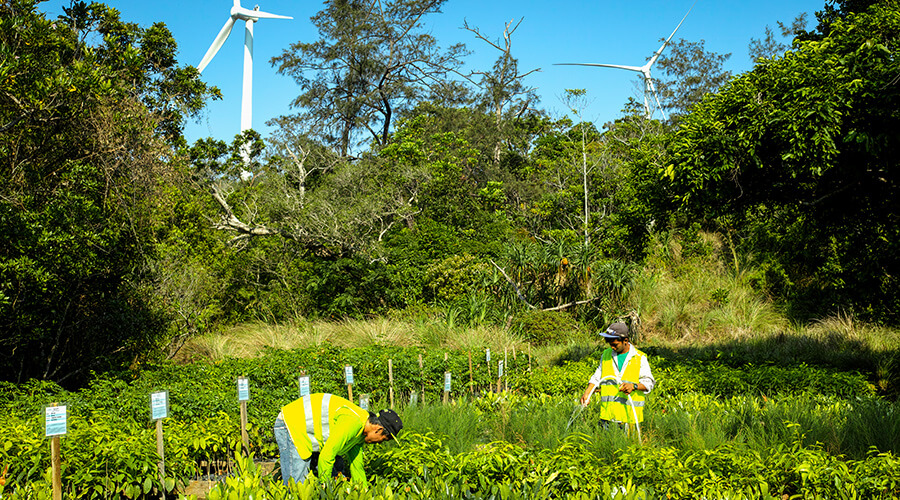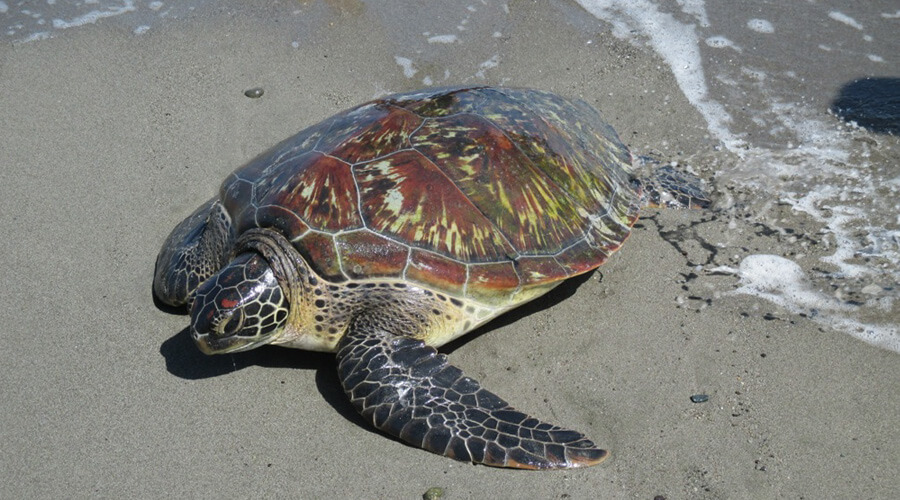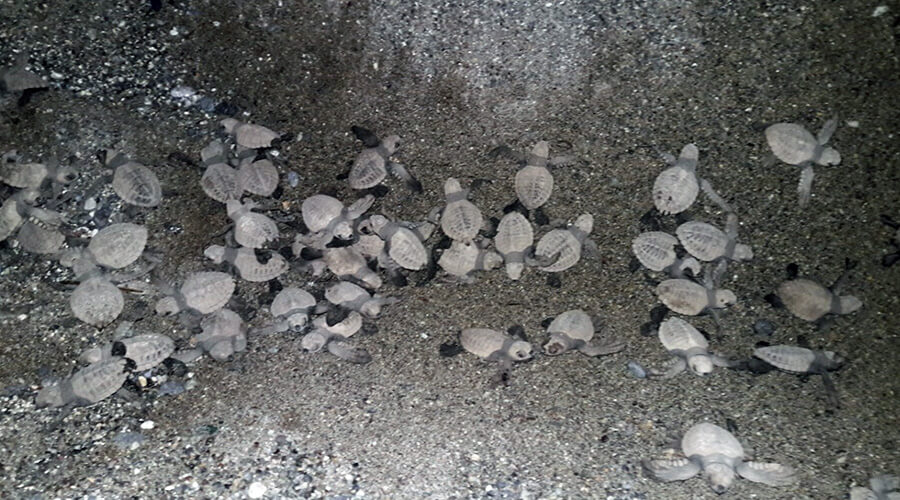
A living example of how technology and industry can thrive alongside nature is AC Energy’s Conservation Estate in Ilocos Norte, the first of many that the power company envisions to create within its host communities.
Each year, a number of green turtles return to the beaches of Bangui to lay their eggs.
One of the largest species of sea turtles, green turtles can be easily identified by the greenish color of their cartilage and fat (in some areas in the Eastern Pacific, green turtles with dark shells are called black turtles by some locals). Found mainly in tropical and subtropical waters, green turtles are the only herbivores among the sea turtles (though, as hatchlings, they are omnivores). They feed on seagrasses, seaweeds and algae which they scrape off the rocks with their finely serrated beaks.

Threatened by overharvesting of their eggs, hunting of adults, being caught in fishing gear and loss of nesting beach sites, green turtles are classified as endangered by the World Widlife Fund (WWF).


To make sure the hatchlings find their way back to sea, NorthWind is looking to work closely with the community to protect the environment that the turtles call home. Through an ecological study conducted throughout 2018, NorthWind and AC Energy are banking on science and local knowledge to develop sustainable ways of protecting the turtle hatchlings so that more turtles return to the shores of Bangui in the years to come.